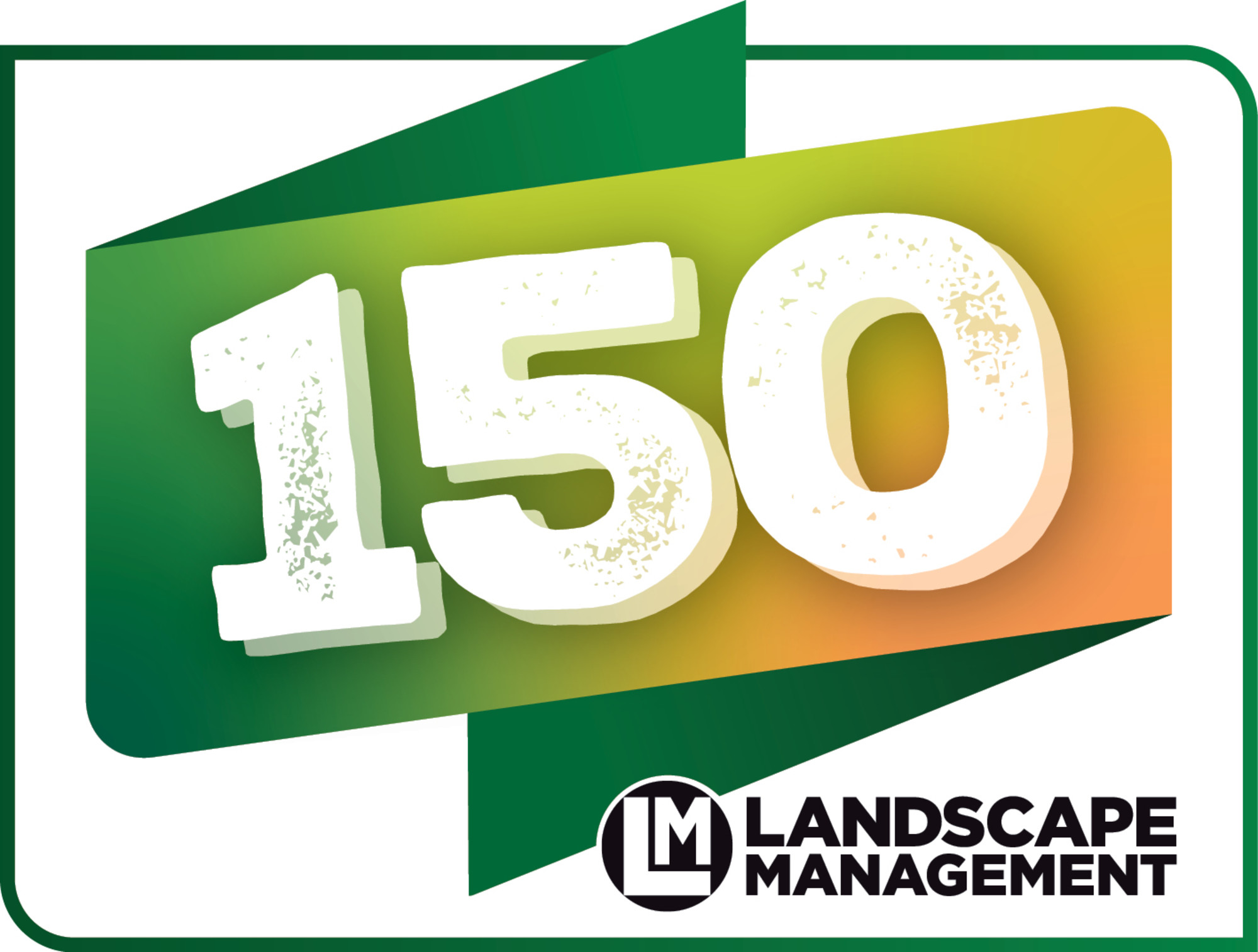Table of Contents
Table of Contents
- The pulse of clean: What's really happening in commercial cleaning
- Confidence in the forecast: Industry outlook for 2025
- Charting the course: Growth strategies that matter
- Anticipating and navigating industry challenges
- The commercial cleaning landscape today
- Building momentum to set ambitious goals
- Give your business the tools to define the future on your terms
The commercial cleaning industry is a $110 billion sector in America’s workplace infrastructure that doesn’t just keep buildings spotless—it ensures offices, healthcare facilities, and government buildings remain safe, healthy, and productive environments where businesses can thrive.
Commercial cleaning stands at a crossroads in 2025. Our comprehensive industry study reveals a sector poised for growth, with 57% of businesses projecting increased revenue. Yet beneath this optimism lies a landscape reshaped by significant challenges: intensifying labor shortages, rising customer expectations, and the pressing need for technological innovation.
The most successful cleaning companies in the coming year won't simply be those with the best cleaning techniques—they'll be the organizations that effectively balance traditional service excellence with modern operational approaches.
Ready to discover what's driving the industry forward and how your business can position itself for success? Let's dive into the key findings from our 2025 Commercial Cleaning Insights Report.
The pulse of clean: What's really happening in commercial cleaning
Confidence in the forecast: Industry outlook for 2025
The mood across the commercial cleaning industry is one of cautious optimism. Most survey respondents feel neutral or positive about what 2025 will bring, while a small percentage express concerns about the year ahead.
What's driving this confidence? Stability and relationships.
Coming into the new year, cleaning contractors are focusing on building a foundation of steady, reliable income from ongoing contracts and repeat customers to buffer against economic uncertainty. But more than just preparing for changing markets, business owners are looking for opportunities to scale operations.
Charting the course: Growth strategies that matter
When asked about their priorities for 2025, commercial cleaning leaders are clear about where they're focusing:
New customer acquisition and revenue growth top the list, with 61% of companies naming these as primary goals. Close behind is improving cash flow (55%), indicating that financial health remains paramount.
So, it makes sense that customer retention is one of the most significant challenges facing commercial cleaning contractors.
To achieve these objectives, most companies are focused on revenue growth (61%) and improving cash flow (55%), and half of the surveyed businesses plan to ramp up their sales and marketing efforts.
→ Rather than simply maintaining the status quo, forward-thinking companies are actively seeking expansion opportunities while ensuring their financial foundations remain solid.
This dual focus on growth and financial stability reflects an industry that's not just surviving but preparing to thrive in the evolving business landscape.
Anticipating and navigating industry challenges
Behind the optimistic industry outlook lies a set of persistent challenges that cleaning companies must overcome to realize their growth ambitions.
Addressing challenges in labor management
At the forefront is the workforce dilemma—a staggering 63% of contractors identify staffing issues as their biggest risk factor heading into 2025. The talent challenge is multifaceted:
✓ Finding qualified staff
✓ Training them effectively and perhaps most critically,
✓ Keeping them engaged in an industry known for high turnover.
To address this, companies are implementing thoughtful strategies, with 36% enhancing recruitment efforts and 35% strengthening employee training programs.
Compensation remains a key focus when addressing labor concerns, with nearly half (46%) of businesses offering hourly wages between $10-12, while a quarter plan wage increases of 2-5% in the coming year.
→ These measured increases reflect the delicate balance between attracting talent and maintaining profitable margins.
Staying ahead of customer retention
Customer retention emerges as the second most significant challenge, with 58% of companies citing it as a major concern. This shouldn't be surprising when you consider the foundation of the industry's revenue model: ongoing contracts generate more than half (53%) of total revenue, with repeat customers contributing another 40%.
In an environment where existing relationships drive 93% of income, losing even a few key accounts can dramatically impact financial stability.
While companies are aggressively pursuing new customers (61% name this as a top goal), the smart ones recognize that strengthening existing client relationships delivers better ROI than constantly chasing new business.
→ About a third (27%) of companies are actively working to digitize the customer experience—implementing tools that enhance communication, increase transparency, and simplify the service relationship.
→ Almost half (40%) of industry leaders recognize that end-to-end business management software is becoming essential, not optional, in the modern cleaning landscape.
→ Making these technological transitions isn't without challenges. Another third of companies (33%) hesitate to adopt new customer-facing technologies due to perceived switching costs and implementation hurdles.
Digital transformation: The tech revolution cleaning companies can't ignore
The commercial cleaning industry stands at a digital crossroads. Forward-thinking companies can outpace the competition by using technology to gain deeper insights into customer needs and service performance—and some already have.
→ Almost half (43%) of companies have embraced end-to-end software solutions, but a narrow majority still operate with fragmented systems.
The Commercial Cleaning Insight Report reveals that 45% of cleaning businesses manage between five and seven disconnected applications to run their operations, creating inefficiencies that impact both service delivery and profitability.
The most commonly used digital tools focus on basic business functions:
Payroll processing (56%)
Accounting (54%)
Invoicing (50%)
This patchwork approach to technology creates information silos that hinder communication and limit operational visibility.
→ What's stopping companies from upgrading? Time—not money—is the primary concern.
Over half (56%) cite the time required for onboarding and learning new software as their biggest barrier to change, while 33% worry about overall implementation disruption.
Perhaps most telling is that 25% of contractors report their current software solutions simply don't meet the industry's unique needs.
Generic business applications often lack the specialized features cleaning companies require for route optimization, quality control, and workforce management.
This is why Aspire has invested in making the platform specifically address the needs of commercial cleaning operations, working directly with industry leaders to develop functionality that addresses real-world cleaning business challenges while simplifying the adoption process.
The commercial cleaning landscape today
Looking across today's commercial cleaning industry reveals its breadth—95% of companies provide commercial cleaning, and 79% offer janitorial work, even as companies specialize their offerings with in-demand services like building services (23%) and specialty cleaning (21%).
Where are these services being delivered?
Office buildings lead overwhelmingly at 95%
Government facilities (73%)
Healthcare centers (64%)
Industrial buildings (63%).
This distribution highlights the sector's critical role in maintaining America's essential infrastructure and workspaces.
With such diverse service environments, it's no surprise that 42% of companies exploring new solutions in 2025 are prioritizing operational efficiency improvements. The ability to effectively manage teams across multiple locations and service types while maintaining consistent quality has become the defining challenge for growth-oriented cleaning businesses.
Building momentum to set ambitious goals
Forward-thinking cleaning companies aren't just acknowledging challenges—they're actively implementing solutions.
✓ A quarter of businesses plan 2 to 5% wage increases in 2025.
✓ Over a third (35%) are enhancing employee training programs to improve retention and service quality.
Technology adoption is also accelerating:
✓ Nearly a third (32%) of companies plan to implement new software solutions in the coming year.
These businesses recognize that digital tools aren't just about efficiency but about delivering exceptional service that drives customer retention.
The competitive advantage is clear, with 43% of industry leaders already leveraging end-to-end business management systems.
The companies prioritizing operational efficiency through technology integration will win contracts, retain clients, and achieve sustainable growth in 2025 and beyond.
The question isn't whether your business will embrace comprehensive digital solutions—it's whether you'll do it in time to stay competitive.
Give your business the tools to define the future on your terms
As the commercial cleaning industry evolves in 2025, three critical challenges will separate the market leaders from those left behind.
→ Workforce management remains the industry's most pressing concern. Companies relying on disconnected systems create communication gaps that undermine service quality and staff satisfaction.
Scheduling, time tracking, and routing solutions working together boost efficiency and help keep your best team members.
→ Customer retention requires a technology-forward approach that meets modern expectations.
Digital tools that enhance communication, provide service verification, and simplify the client experience build the trust that keeps contracts renewing.
→ Cash flow optimization becomes possible when companies can precisely track labor costs, identify their most profitable services, and streamline invoicing through comprehensive business management systems.
The commercial cleaning companies positioned for success in 2025 will embrace digital transformation not as a distant goal but as an immediate priority. The industry is evolving—will your business grow with it?
Ready to unlock lasting success in 2025? Download our complete Commercial Cleaning Insights Report for an in-depth analysis of industry trends and actionable strategies to overcome the challenges ahead.









